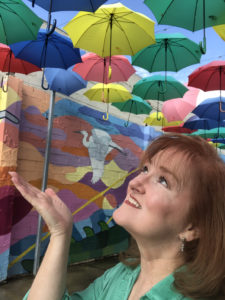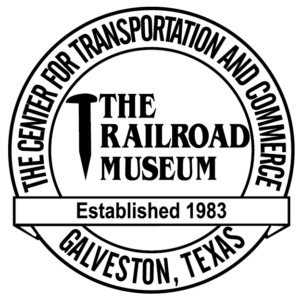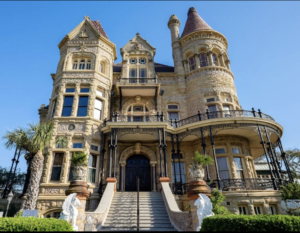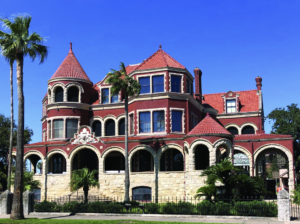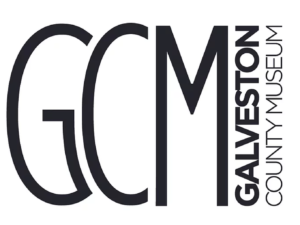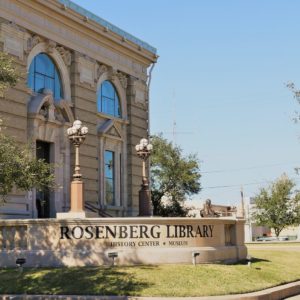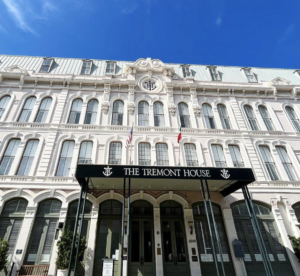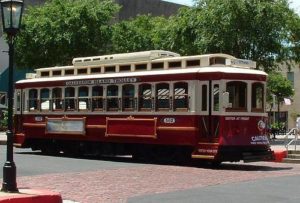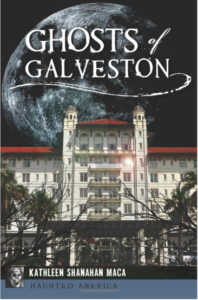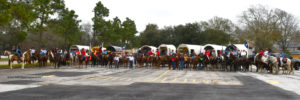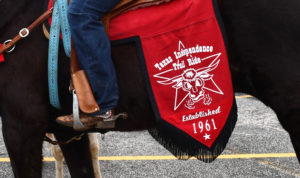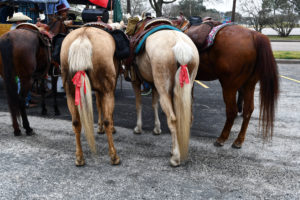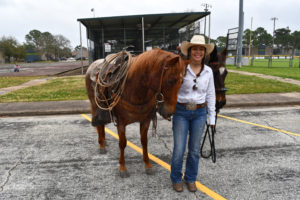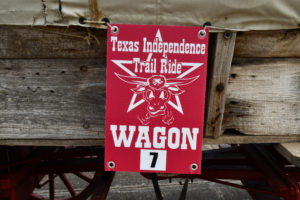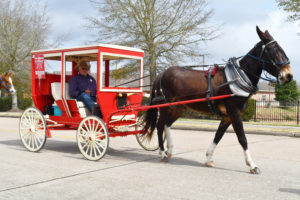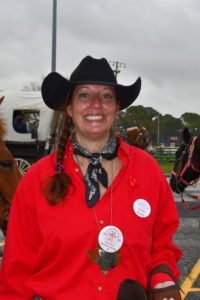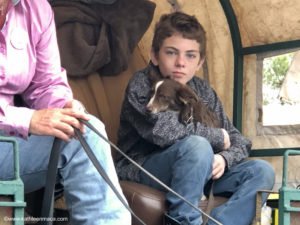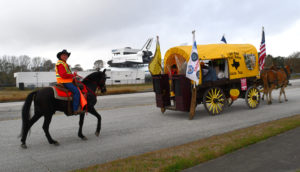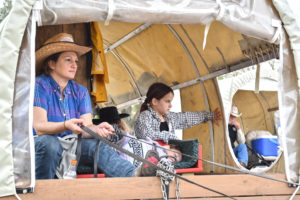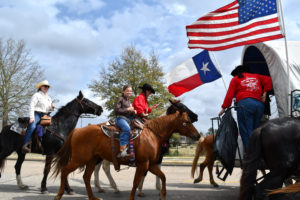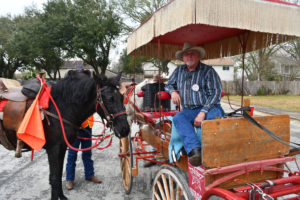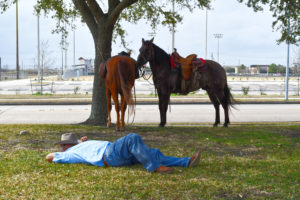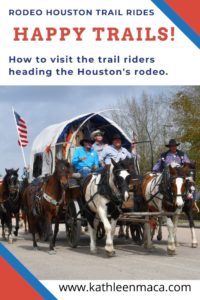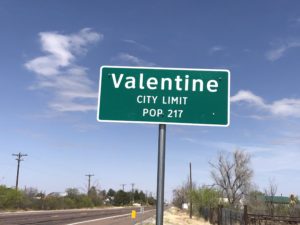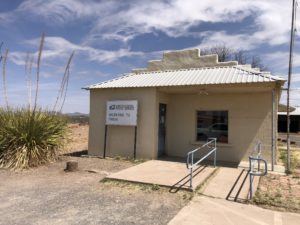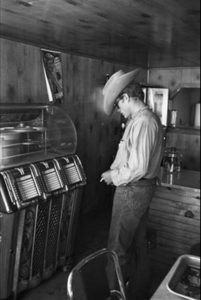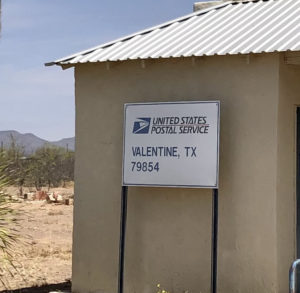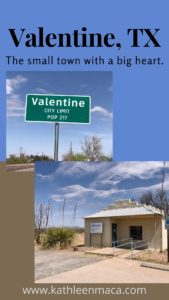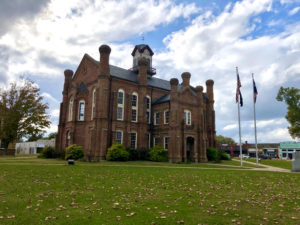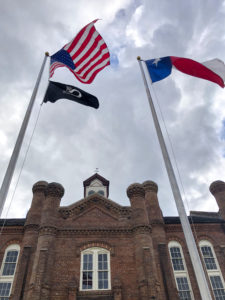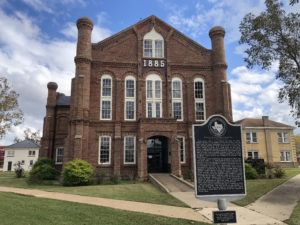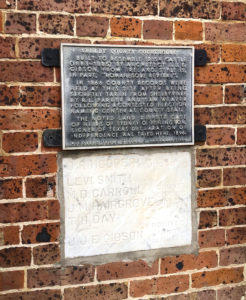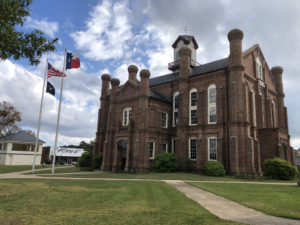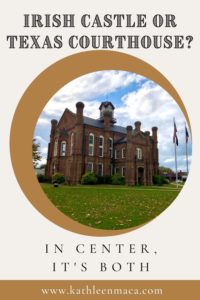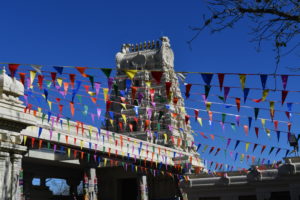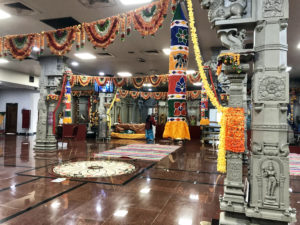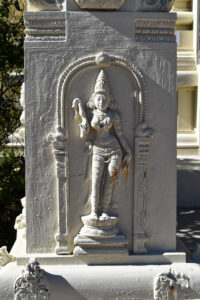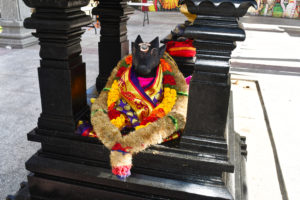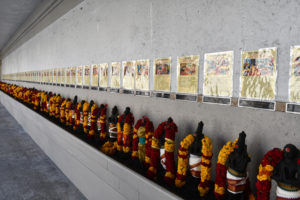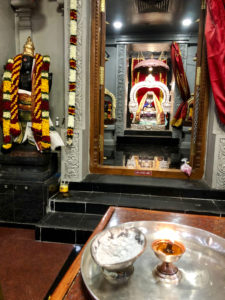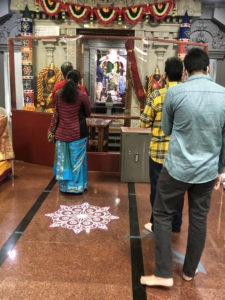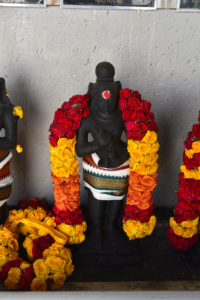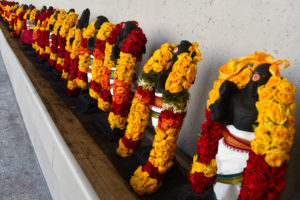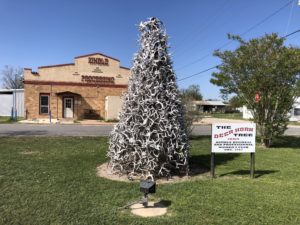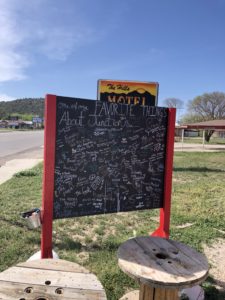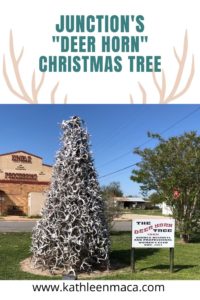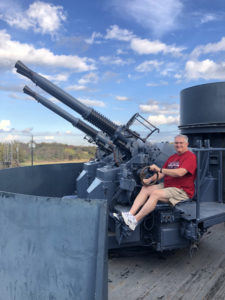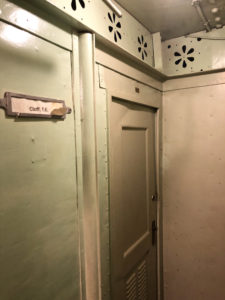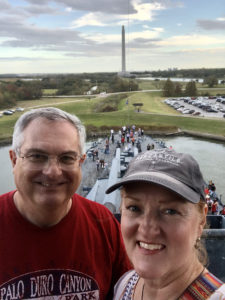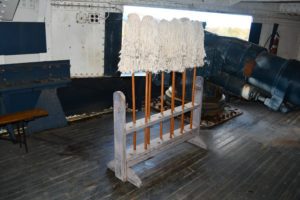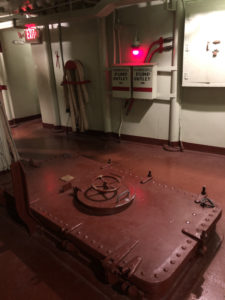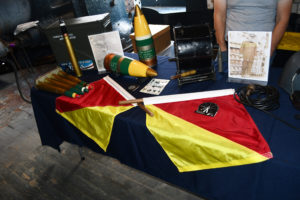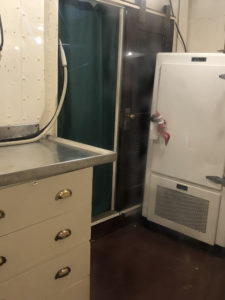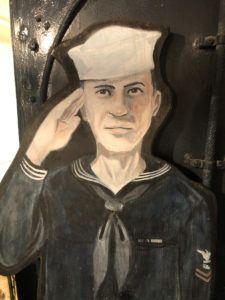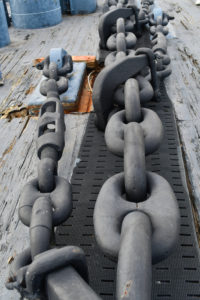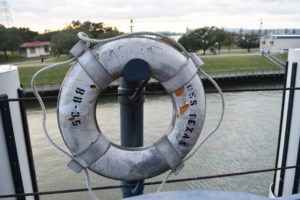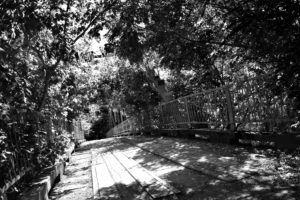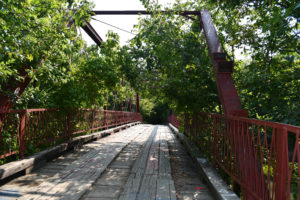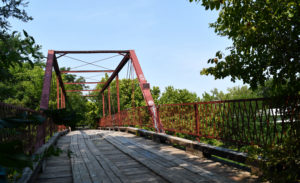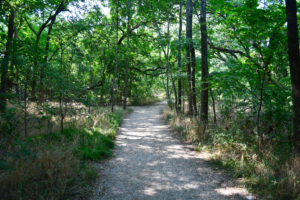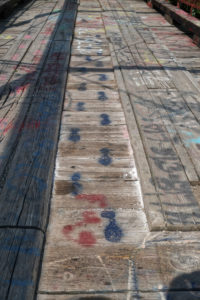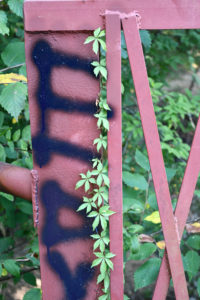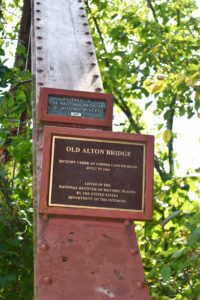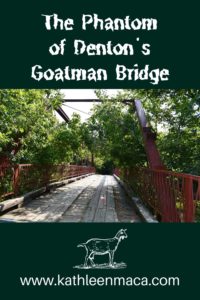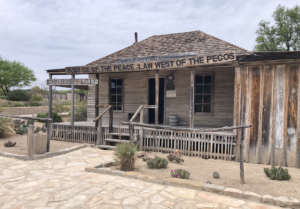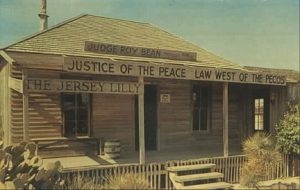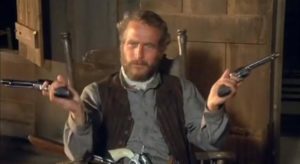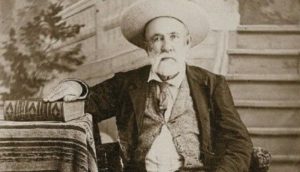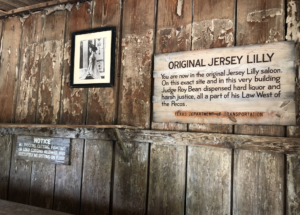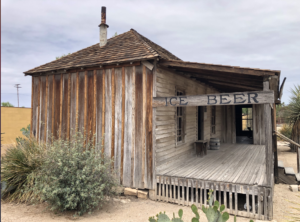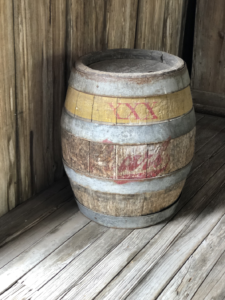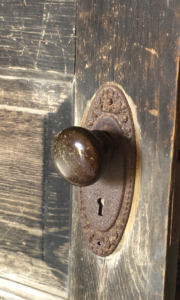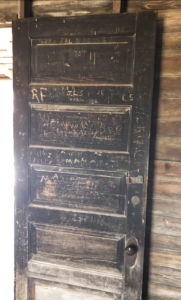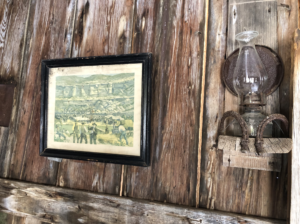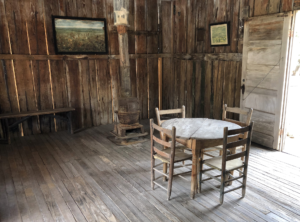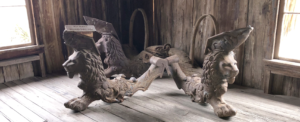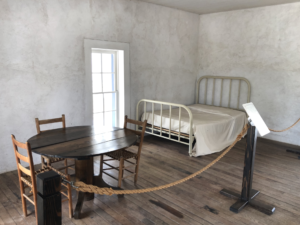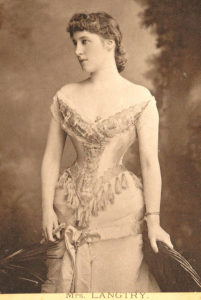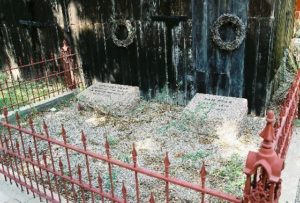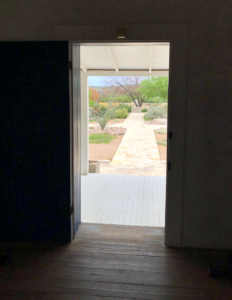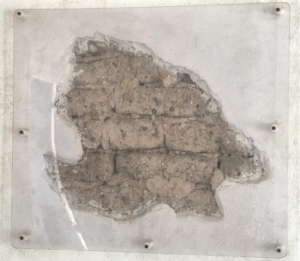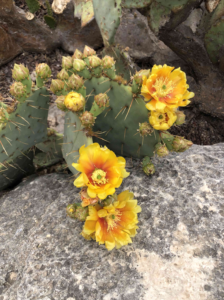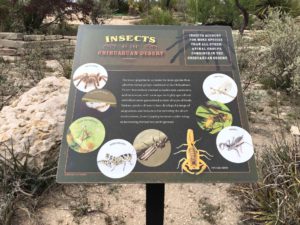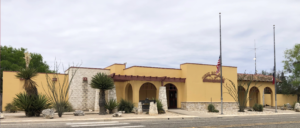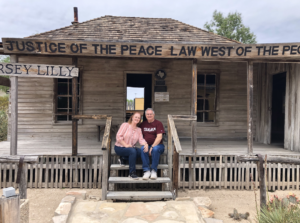The best laid plans . . . just might have to be “adjusted” due to unexpected weather. If you’re in Galveston on vacation and the clouds try to rain on your parade – don’t worry. There are plenty of ways to entertain yourself, your friends and family inside. Here are a few ideas to consider.
As always, be sure to call ahead to confirm location hours and if they are open as the weather may be a factor to their site as well.
Paid parking on the island is handled through the “paybyphone” app, and you’ll simplify your visit by setting it up ahead of time. Download the app, set it up with your license plate and credit card number and you’re good to go!
GALVESTON RAILROAD MUSEUM
2602 Santa Fe Place, 409-765-5700
https://galvestonrrmuseum.org
Open Daily from 10 a.m. to 5 p.m.
Admission
Free parking in the rear lot; app-paid street parking and paid lot parking alongside building.
Interesting museum about the history of rail travel. Covered walkways between railcars outside. Explore open rail cars from different eras, including the historic Bonnie Brook Rail Car once owned by comedian/actor Jackie Gleason.
OCEAN STAR OFFSHORE DRILLING RIG & MUSEUM
20th Street & Harborside, 409-766-7827
https://www.oceanstaroec.com/museum/
Open Daily (except Thanksgiving, Christmas Eve & Christmas Day) from 10 a.m. to 5 p.m.
Admission
Paid parking lots, or app-paid street parking along the Strand
The Ocean Star is retired jack-up drilling rig that operated in the Gulf of Mexico from 1969 to 1984 and drilled over 200 wells during that timeframe. In 1995, the OEC purchased the Ocean Star, and after lengthy refurbishment, opened it as a museum in 1997.
The museum is designed to be a self-guided facility with videos, information, interactive exhibits throughout, and takes most visitors about 1.5 hours to tour completely.
BRYAN MUSEUM
1315 21st Street, 409-632-7685
https://thebryanmuseum.org
Closed Monday & Tuesday. Other days open 10 a.m. to 5 p.m. (Thursdays until 7 p.m.)
Admission
Free onsite parking for visitors off Avenue M, and street parking surrounding museum.
The Bryan Collection is the home of one of the world’s largest collections of historical artifacts, documents, and artwork relating to Texas and the American West.
1892 BISHOP’S PALACE
1402 Broadway, 409-762-2475
https://www.galvestonhistory.org/sites/1892-bishops-palace
Self-guided tours daily from 10 a.m. to 5 p.m. (last ticket sold at 4 p.m.)
Admission
Free street parking available
Formerly the home of the Gresham family and later owned by the Catholic diocese, it’s one of the most significant Victorian residences in the country.
MOODY MANSION / CHILDREN’S MUSEUM
2618 Broadway, 409-762-7668
https://www.moodymansion.org
Open daily from 10 a.m. to 5 p.m. (last tickets sold at 4 p.m.)
Admission
One of the attractions I most often recommend on the island, this beautiful mansion is fully furnished and gives a clear impression of what life for the wealthy was like in Galveston’s Gilded Age.
Be sure to check out the antique car collection on site.
CLAY CUP STUDIOS
2219 Postoffice Street, 409-762-CLAY
https://www.claycupstudios.com/walkin
Check website for days and hours, as they vary.
In addition to walk-in-and-choose projects at this paint-your-own pottery studio, be sure to check their schedule for special classes.
LA KING’S CONFECTIONERY
2323 Strand, 409-762-6100
https://lakingsconfectionery.com
Sunday through Thursday, 11:00 a.m. to 7:30 p.m.; Friday 11:00 a.m. to 8:00 p.m.; Saturday 11:00 to 9:00 p.m.
Old-fashioned candy counter and ice cream parlor. They’re famous for their salt water taffy. Check their website and Facebook page for time of their free taffy pulling demonstrations, using a machine over 100 years old. See something interesting in the candy case? Ask for a free sample. Ice cream is made from Galveston’s original Purity ice cream recipe.
GALVESTON COUNTY MUSEUM
722 21st Street in the courthouse, 409-766-2340
https://galvestoncomuseum.wixsite.com/museum/
Open Monday, Wednesday and Friday from 10 a.m. to 4 p.m.
Free admission.
A small but fascinating collection with artifacts from Galveston’s past.
ROSENBERG LIBRARY MUSEUM
1900 Storm Exhibit
2310 Sealy Avenue
Monday, Friday-Saturday, 9 a.m.-6 p.m.; Tuesday-Thursday, 9 a.m.-8 p.m.; Sunday closed.Parking is free behind the library and across the street on Sealy Avenue.
A curated gathering of photographs of the aftermath of the 1900 Storm, as well as audio recordings of interviews with storm survivors.
ESCAPE THE ISLAND (Escape Room)
910 21st Street, 409-443-5092
https://escapetheisland.com
Visit their website to book a time. Five different themed escape rooms to choose from will keep your family or group entertained for an hour or so of interactive fun.
SCHLITTERBAHN WATER PARK (indoor section)
2109 Gene Lucas Blvd. (next to Moody Gardens), 409-770-9283
https://www.schlitterbahn.com/galveston/schedule
Admission
Check website for dates and hours
Indoor portion of park is great even on rainy days. Free parking.
MOODY GARDENS RAINFOREST / AQUARIUM / 3D MOVIE THEATER
One Hope Blvd., 409-744-4673
https://www.moodygardens.com/
Admission
Free Parking
Check website for hours and special events, which change seasonally. Fascinating for all ages, their year-round attractions are usually open daily from 10 a.m. to 6 p.m.
GALVESTON BOOKSHOP
317 23rd Street, 409-750-8200
http://galvestonbookshop.com
Monday through Saturday, 10 a.m. to 6 p.m., and Sunday 10 a.m. to 4 p.m.
Street parking available (pay on parking app, see information above)
Wandering through a fully-stocked bookshop is one of my favorite rainy day activities, and this one has selections for everyone in the family. Special section of titles about Galveston, too (including all four of my books). Many local authors like me make sure their books at the GB are personally signed, so they make nice souvenirs and gifts as well.
GRAND GALVEZ HOTEL GHOST TOUR (all indoor tour)
2024 Seawall, Call ahead to make reservations. 409-765-7721, option 1
Thursdays at 5 p.m. and Fridays at 4 p.m.
Fee.
Led by long time Galvez concierge Melissa Hall, who has gathered stories from staff and guests for years. 90-minute family friendly tour.
GRAND 1894 OPERA HOUSE
2020 Postoffice Street, 409-765-1894
http://www.thegrand.com
Self-guided and guided tours of an exquisite theater from the turn of the last century. Call for details.
TOUJOUSE BAR at TREMONT HOUSE
2300 Ships Mechanic Row,409-763-0300
https://www.thetremonthouse.com
Paid valet parking available. Paid (via app – details above) street parking, free after 6 p.m.
Sit at a beautifully carved mahogany bar whose history reaches back over a century, and enjoy hand-crafted cocktails. Occasional live music. Call for further details.
PIRATES, LEGENDS OF THE GULF COAST/HAUNTED MAYFIELD MANOR
2313 Harborside Drive, 409-762-6677
https://www.hauntedmayfieldmanor.com
Year-round haunted house with live actors, and a pirate museum (separate attractions.) Admission.
GALVESTON ARTS CENTER
2127 Strand, 409-763-2403
https://www.galvestonartscenter.org
Wednesday through Sunday, Noon to 5 p.m. (Closed on federal holidays)
Free admission
Exhibits a diverse array of artwork in all mediums. Family friendly. Check their website and Facebook page for occasional workshops.
GRAND GALVEZ DAY SPA
2024 Seawall, 409-515-2154
https://www.hotelgalvez.com/galveston-spa
Treat yourself to a little (or a lot of) pampering at Galveston’s “Queen of the Gulf.”
ANTIQUING! Days and hours of antique shops on the island vary widely. Please call each shop or visit their website for specifics.
Antique Warehouse
423 25th Street, 409-762-8620
https://www.facebook.com/AntiqueWarehouseGalveston/
Somewhere in Time
124 20 (at Strand), 409-6844
https://somewhereintimeantiques.com
Big House Antiques
2212 Mechanic, 409-762-0559
https://www.facebook.com/Big-House-Antiques-168427386500765/
St. John Antiques
2001 Postoffice, 409-443-5366
http://www.stjohnantiques.com
Antiques Pavilion
2222 Postoffice, 409-443-5500
https://antiquepaviliongalveston.com
TROLLEY RIDES
https://www.galvestontrolley.com
$1 for adults, accompanied minors free
You can still see some of the sights around the Island – rain or not – on a fun ride along a Seawall Loop, Downtown Loop or Historic Rail Trolley.
Check website for route, times and days, which vary by season.
And of course … if it’s a stormy night on the island, it’s a great time to curl up with my book “Ghosts of Galveston” for some tales of those who’ve never quite left the shores. The version I wrote for middle school readers, “Ghostly Tales of Galveston” is a good choice for families. (Available at the Galveston Bookshop, Tina’s on the Strand, The Admiralty and amazon.com)
When the weather clears, I hope you’ll join me for one of my walking tours. Information on those HERE.

